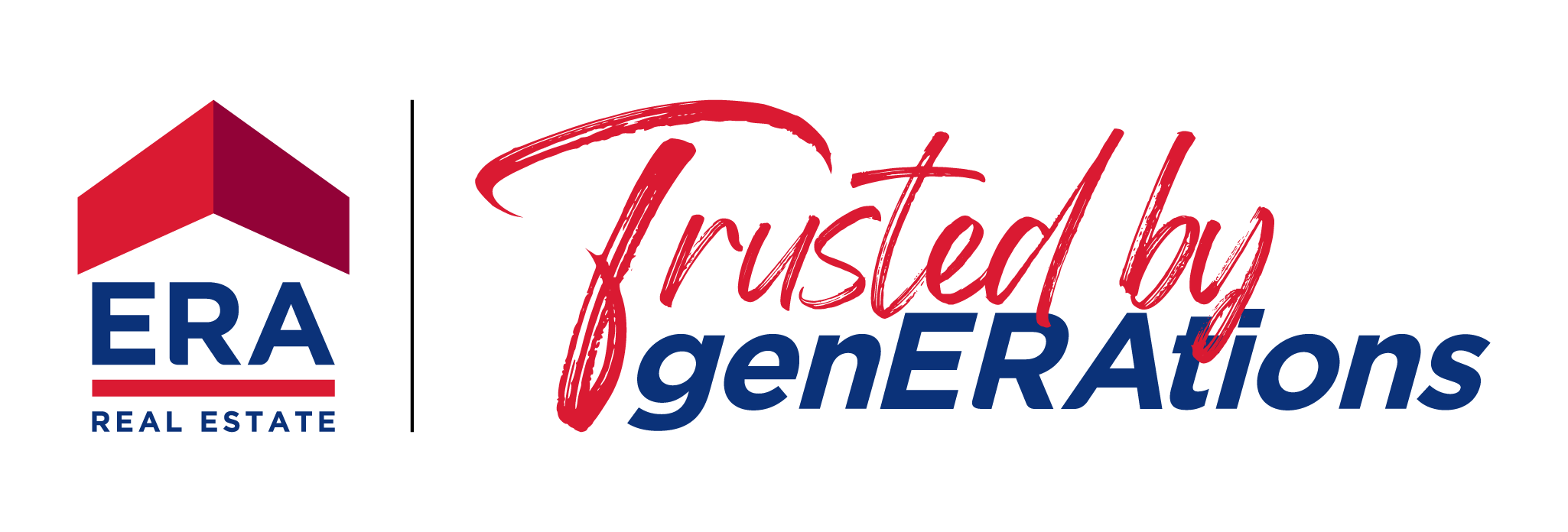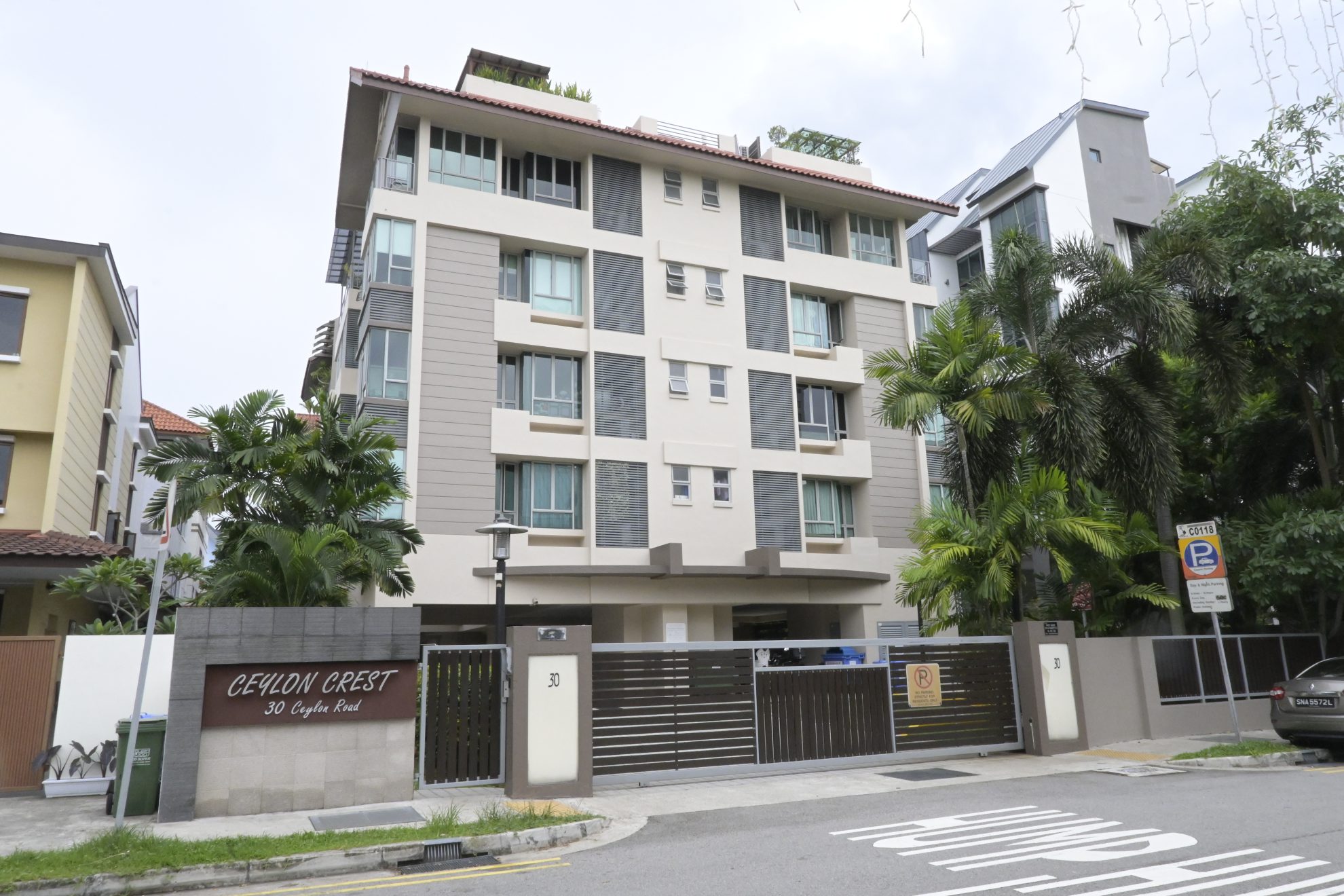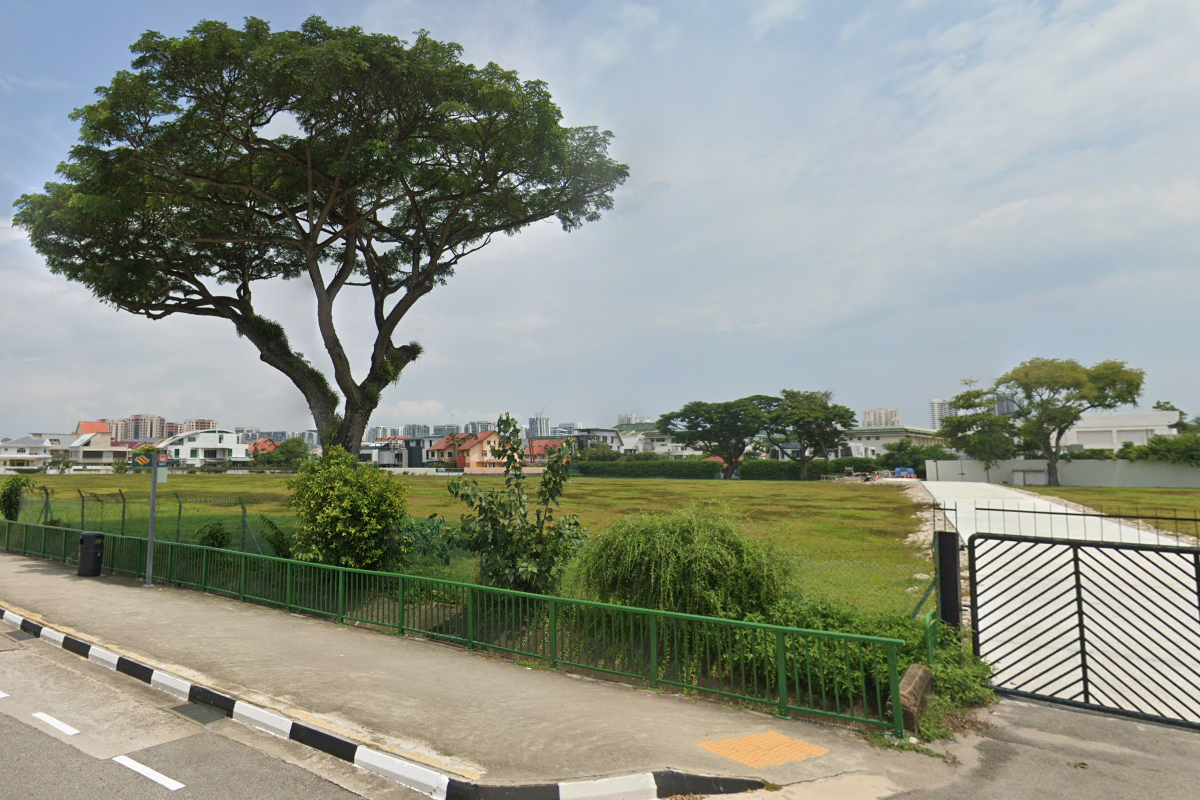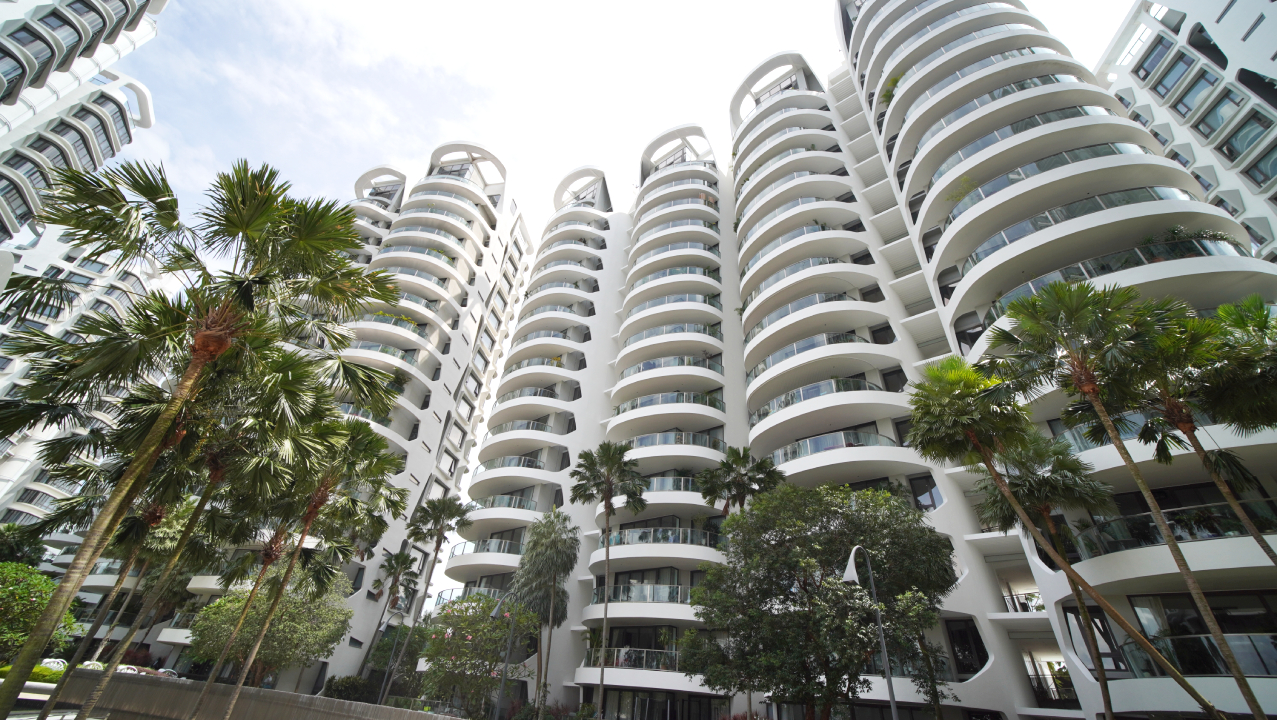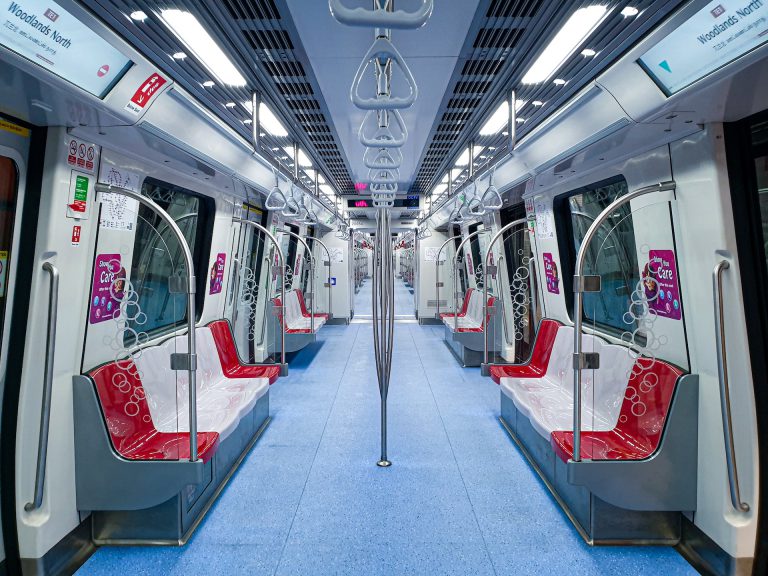Boutique Condos: What’s The Big Deal With These Small Condos?
- By Ethan Hariyono
- 4 mins read
- Private Residential (Non-Landed)
- 21 Jun 2024
Heard of developments like Ardor Residence, The Hillshore, or Straits at Joo Chiat? Then you might already be familiar with some of the newest boutique condominiums, or boutique condos on the market now.
Consisting of 100 units or less, boutique condominiums (or condos) are small, yet sophisticated. And though they possess smaller site areas and fewer amenities than their larger counterparts, boutique condos deserve to be on your radar – even if you are home-hunting in a bigger development.
Due to their unique selling points, boutique condos represent a distinct, but nonetheless, compelling value proposition for buyers.
In this article, we breakdown the benefits, and also, potential drawbacks of boutique condos so you can easily determine whether these small, but mighty developments are the right choice!
Boutique condos are private and exclusive
Unlike larger developments, boutique condos typically appeal to an entirely different crowd from families. Buyers who value exclusivity and serenity are likely to be drawn to boutique condos; this includes couples with no children or empty nesters – parents whose children have grown up and moved out.
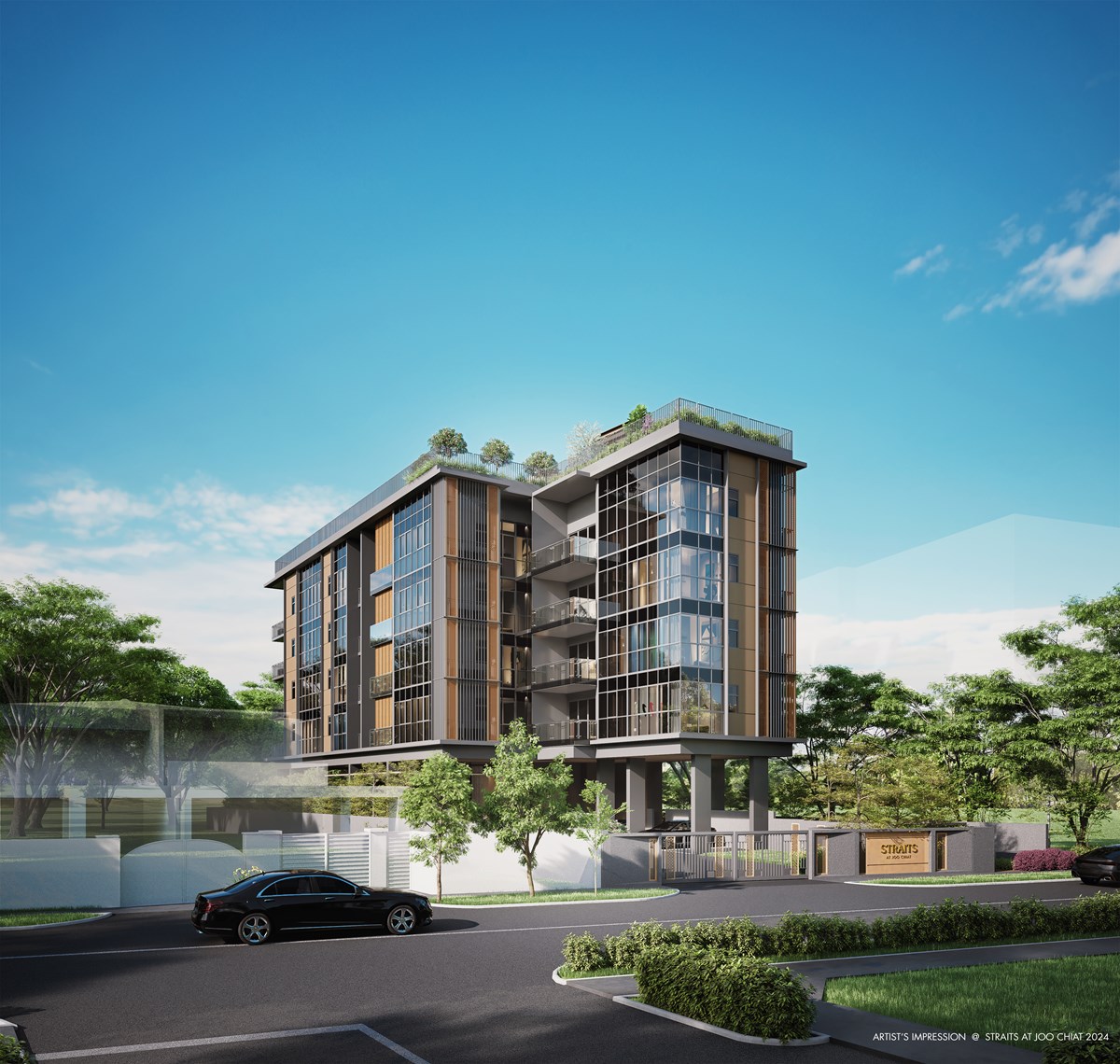
Empty nesters will likely find boutique developments more appealing as they may no longer have a need for the wider range of facilities that large condos have. Instead, boutique condos – with their smaller, but curated selection of amenities – can provide them with a more personalised living experience.
Coupled with a smaller resident community, boutique condos are a more intimate choice of residence for the aforementioned buyer groups. One striking example of this can be found in District 15, where both Grand Dunman (a 1,008-unit mega-development) and Straits of Joo Chiat (a 16-unit boutique development) are located.
Boutique condos offer greater flexibility in their layouts
Exclusivity aside, another benefit of choosing boutique condos is the added flexibility they offer in their layouts.
As boutique condos are often built on land acquired through collective (or en-bloc) sales of older condos, they are not subject to the requirement imposed residential developments built on Government Land Sales (GLS) sites to be constructed with a 65% Prefabricated Prefinished Volumetric Construction (PPVC) method.
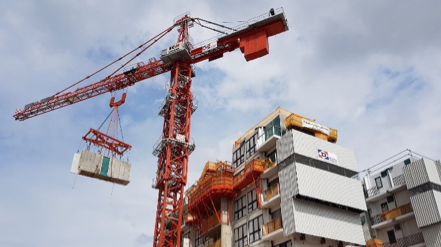
Tower crane hoisting of ppvc module. Image credit: BCA
This method of construction entails creating free-standing 3D modules with internal finishes, fixtures and fittings on an off-site fabrication facility before being delivered and installed on-site.
This requirement, mandated by the Building and Construction Authority is to ensure that condos built on GLS sites have faster construction times and better quality control. The downside of the PPVC method, however, is that there is less flexibility in being able to knock down or merge rooms, unless there are flexi rooms included in the unit configuration and layout.
Developers of boutique condos might not opt to utilise the PPVC method in building construction – as they are not mandated to do so. With their smaller size, it might be faster or more affordable to construct boutique developments the traditional way.
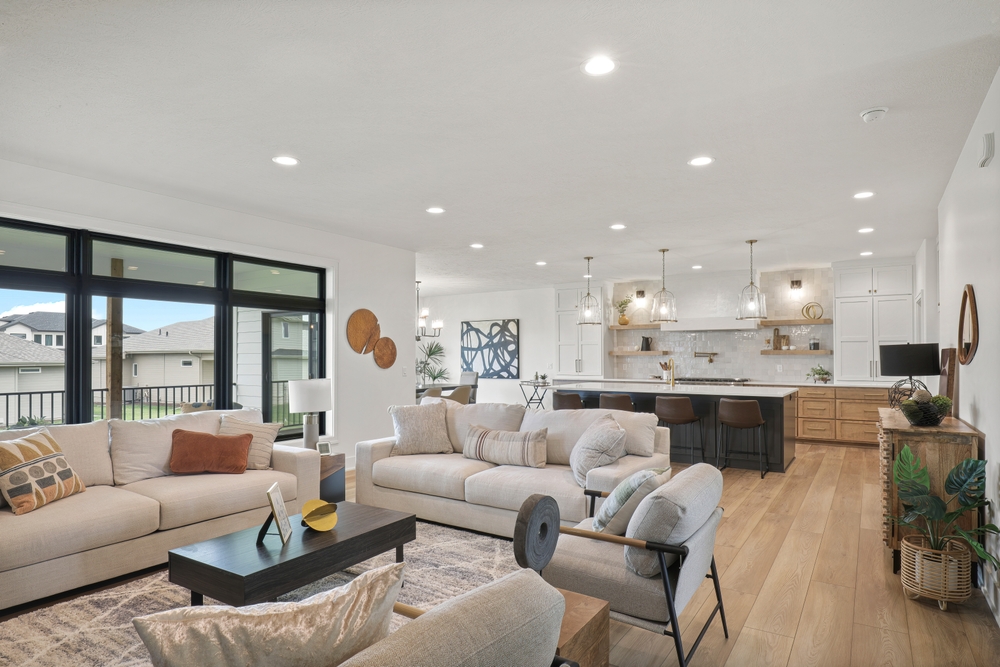
Homeowners of boutique condos have more flexibility when designing their interior, allowing them to use quirky or open-concept designs.
Boutique condos being constructed traditionally offer homebuyers the flexibility to knock down or merge rooms much more freely than in a condo constructed with the PPVC method, which are more restrictive with their renovation guidelines. This enhanced layer of flexibility appeals to homebuyers that are looking for a condo for their own stay.
New Launch Freehold boutique condos are value for money
Ever since the government has stopped putting freehold land for sale as part of the GLS program, new freehold projects have become a rare commodity.
Of 132 freehold condos launched in the last decade, 101 (or 77%) of them were boutique condos.
The reason why there is such a large number of freehold boutique condo is that they are often built on en-bloc sites. These smaller plots of land are easier and cheaper for smaller developers to buy and develop, presenting less of a risk compared to developing a larger project.
Freehold property offers perpetual ownership, which is a rare commodity in land-scarce Singapore. It offers a secure way to hold and pass down wealth to future generations.
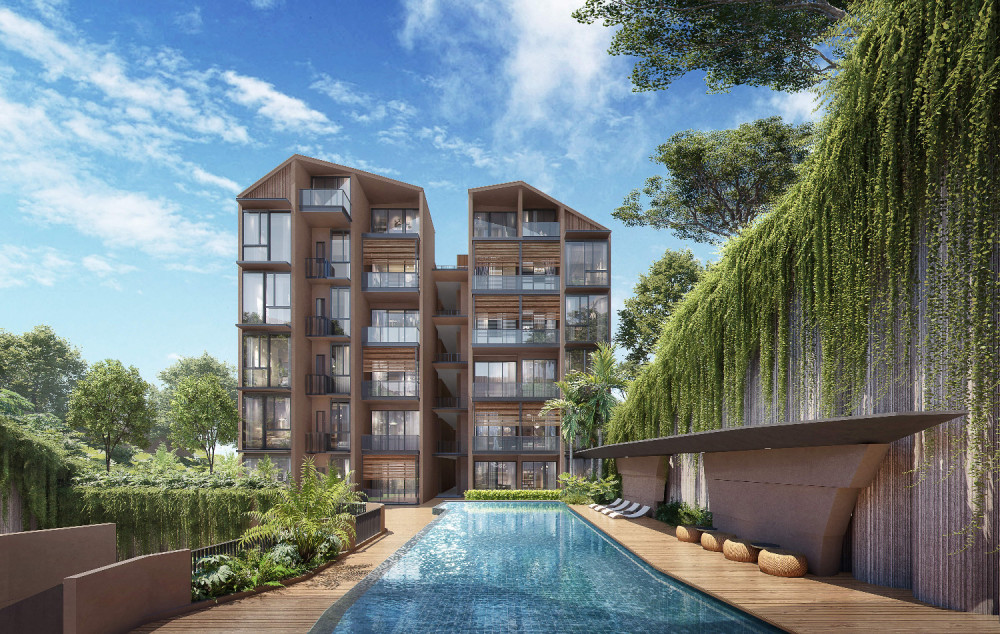
A freehold boutique condo makes for a fantastic legacy asset. Image: The Hillshore
As they are not subject to lease decay, freehold properties perpetually hold their value. It is unlikely that they net a loss when they eventually get transacted many years, or even decades down the road.
Given a quiet en-bloc market and a scarcity of new freehold condos, boutique condos offer buyers in the market for a new freehold condo with invaluable options.
The culmination of the aforementioned factors makes boutique freehold condos a treasured legacy asset to be passed on to future generations. They make great homes for older parents to invest in – as their children leave the nest to start their own families. For them, owning a boutique freehold condo is a great way to preserve their wealth and ensure a more secure future for their loved ones
Some boutique condos might have a lower entry price
Boutique condos are built on smaller plots of land, which are often purchased as part of an en-bloc sale by developers. Due to their small size, developers are able to purchase and redevelop the land more affordably. This results in lower launch prices, compared to larger projects built on GLS sites.
Table 1: Comparison between boutique (green) and large-sized (red) condos in District 15

Source: URA as of 19th June 2024, ERAPro
By comparing two new boutique condos with two larger projects within District 15, we can see that boutique condos generally have a lower entry price.
Additionally, boutique condos are often located in private and exclusive locations, such as within landed enclaves. These locations are less convenient compared to the locations of larger condos, which are more prominent and located closer to transport nodes, amenities and schools.
While these factors all contribute to a lower entry price for boutique condos, that doesn’t necessarily equate to a low exit price.
Comparing the price growth of boutique with medium-large sized condos island-wide, we can see that larger condos see an overall more robust price growth.
Chart 1: Average transacted price $psf of leasehold (LH) and freehold (FH) boutique and mid-sized condos
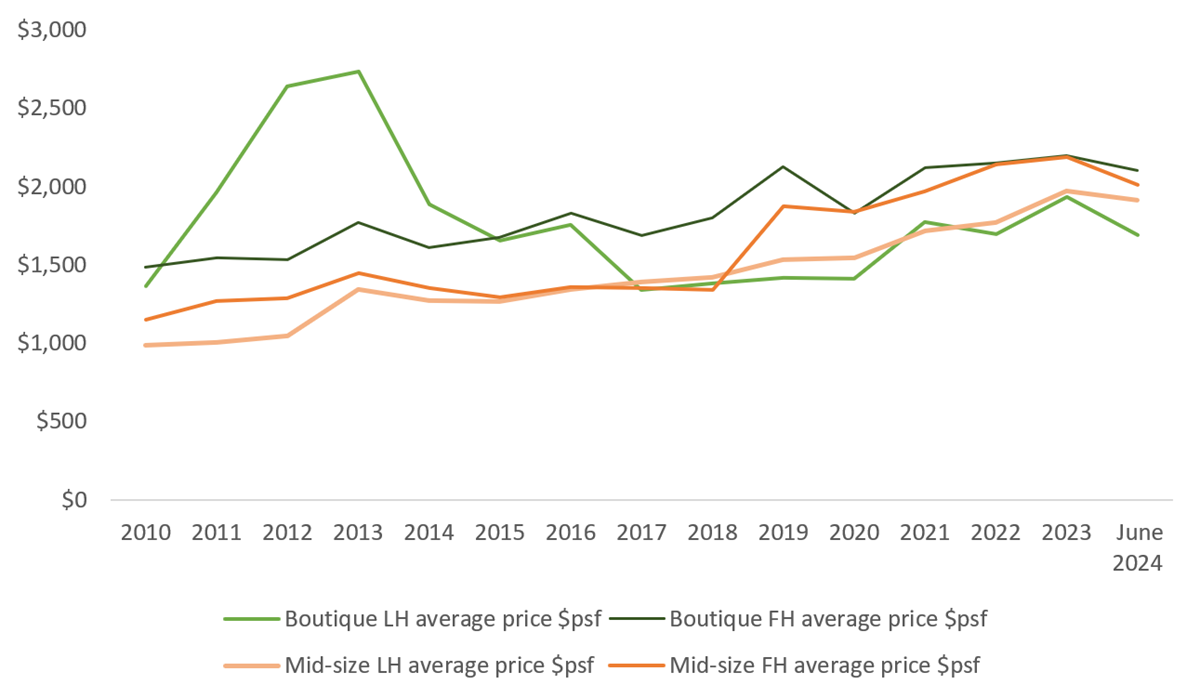
Source: URA as of 12th June 2024, ERA Research and Market Intelligence
Boutique leasehold condo prices grew by 24.1% since 2010, compared to mid-sized leasehold condos which saw 93.6% growth.
Less of a disparity was seen in the freehold market, with boutique condo prices growing by 41.5% compared to mid-sized condos, which saw 74.6% growth.
It is expected for the larger developments to experience a faster price growth. Larger projects, especially mega-developments possess the “sales” volume required to drive transaction prices. As a result, they generally see a faster price growth due to frequent transaction activity.
However, this does not mean that boutique condos are poor investment choices. Owners of boutique condos are still able to make a profit when they do decide to sell, albeit at a lower rate.
Final Considerations
To sum it all up, yes – boutique condos might not be for everyone.
Owners of boutique condos often tell stories of how long it takes for them to sell their unit, further exaggerated the smaller the development is.
If you are looking for an investment property with high liquidity and a faster rate of capital appreciation, a larger condo with features that appeal to mass market buyers would be preferred.
Similarly, families with young children will lean towards larger condos due to their accessibility, wide variety of facilities, and livelier atmosphere for their children to grow up in.
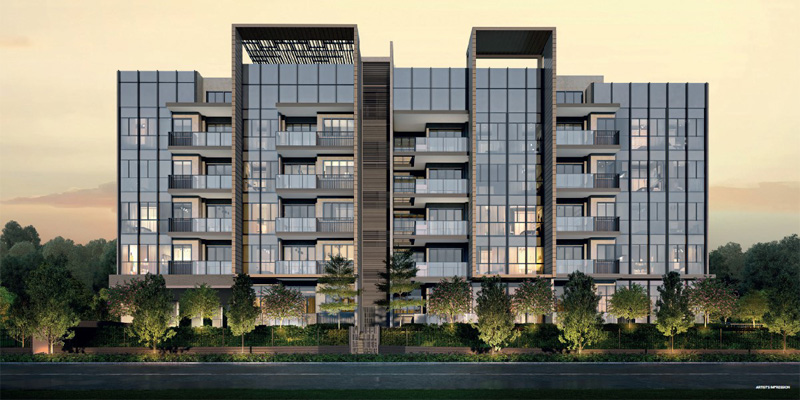
However, if these concerns are not of priority, you might find the prospect of living in a boutique condo alluring. They offer a level of privacy and exclusivity that is only bested by landed property, which lies within an entirely different price bracket.
Additionally, living in a boutique condo allows residents to foster a strong sense of community. With a fewer number of occupants, residents are able to build closer and more meaningful relationships with their neighbours.
Buyers who want to own a freehold project have limited choices in today’s market, and may opt to turn to boutique condos. On the whole, they hold their value well, and more importantly offer this same value for generations to come.
Table 3: New launch boutique condos available (as of 18th June 2024).
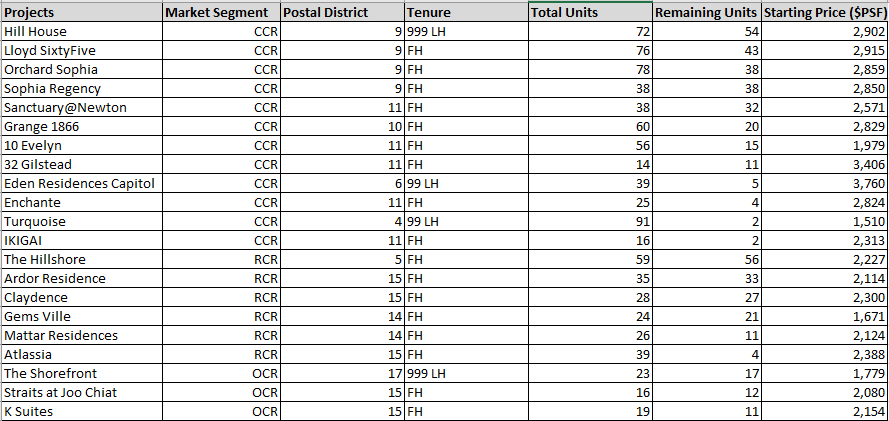
Source: ERAPro as of 18 June 2024, ERA Research and Market Intelligence
If you are interested in, and would like to find out more about these exciting new boutique projects, do not hesitate to approach an ERA trusted adviser today.
Disclaimer
This information is provided solely on a goodwill basis and does not relieve parties of their responsibility to verify the information from the relevant sources and/or seek appropriate advice from relevant professionals such as valuers, financial advisers, bankers and lawyers. For avoidance of doubt, ERA Realty Network and its salesperson accepts no responsibility for the accuracy, reliability and/or completeness of the information provided. Copyright in this publication is owned by ERA and this publication may not be reproduced or transmitted in any form or by any means, in whole or in part, without prior written approval.
